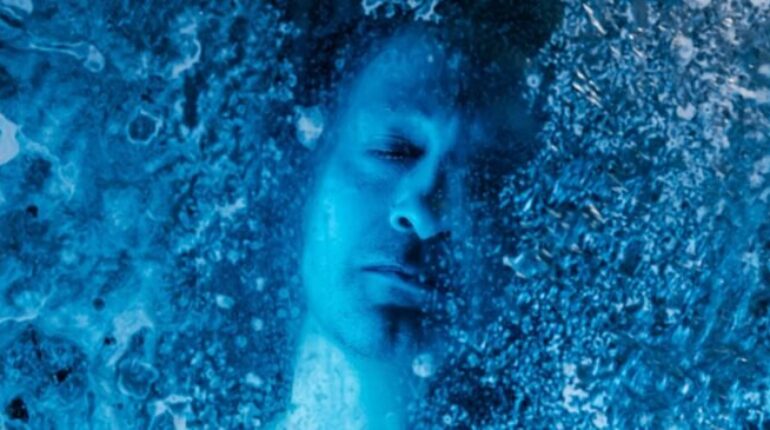📌 Frozen in Time: The World’s First Cryogenically Preserved Man—Will He Ever Be Revived?

Posted 17 June 2025 by: Admin
What is Cryogenic Freezing?
Cryogenics, a field whose foundation was laid by French biologist Jean Rostand in the 1940s, became popularized in the public imagination thanks to Robert Ettinger’s 1962 book The Prospect of Immortality. Ettinger, inspired by both science and science fiction, believed that if a person died of an incurable disease, they could be “frozen” until a cure was found.
In 1967, James Hiram Bedford became the first human ever cryopreserved, his body placed into deep freeze after succumbing to cancer. The idea: preserve the body at such low temperatures that future technology could restore life.
Cryonics isn’t as simple as submerging a body in liquid nitrogen. When a person is declared legally dead, emergency teams quickly stabilize the body and replace the blood with a cryoprotectant (a human “antifreeze”) to prevent ice crystals from destroying cells. The body is gradually cooled and eventually stored at -196°C (-320°F) in a special metal chamber.
The Race Against Time: James Bedford’s Story
James Bedford’s pioneering cryogenic preservation began minutes after his death in 1967. Doctors rushed to circulate oxygen and chemicals through his body, then packed him in ice before transferring him to a cryonics facility in Arizona, where he remains frozen to this day. Bedford’s preservation marked a turning point in the science—and controversy—of cryonics.
The Cryonics Procedure: How Does It Work?
To be cryopreserved, one must become a member of a cryonics organization, pay annual fees, and plan in advance. At death, a specialized team stabilizes the body, cools it, and infuses it with a cryoprotectant. The process, called vitrification, places cells into a glass-like, ice-free state before long-term storage in liquid nitrogen.
Options include whole-body preservation (about $150,000) or neurosuspension—preserving just the brain (about $50,000). Bodies (and sometimes only brains) are stored upside-down in tanks to protect the brain in the event of a leak.
Why Are Billionaires Betting on Cryonics?
Billionaires and tech visionaries are betting big on cryonics, hoping to return to life and reclaim both their bodies and their fortunes. Some even set up “revival trusts,” legal mechanisms designed to keep their wealth safe for a potential future comeback.




















